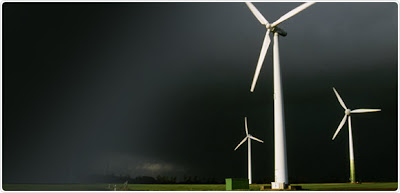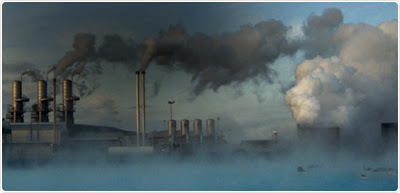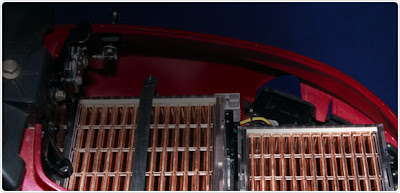Wind Power
An Ancient Source of Energy
Wind is the movement of air from an area of high pressure to an area of low pressure. In fact, wind exists because the sun unevenly heats the surface of the Earth. As hot air rises, cooler air moves in to fill the void. As long as the sun shines, the wind will blow. And as long as the wind blows, people will harness it to power their lives.
Wind is the movement of air from an area of high pressure to an area of low pressure. In fact, wind exists because the sun unevenly heats the surface of the Earth. As hot air rises, cooler air moves in to fill the void. As long as the sun shines, the wind will blow. And as long as the wind blows, people will harness it to power their lives.
Ancient mariners used sails to capture the wind and explore the world. Farmers once used windmills to grind their grains and pump water. Today, more and more people are using wind turbines to wring electricity from the breeze. Over the past decade, wind turbine use has increased at more than 25 percent a year. Still, it only provides a small fraction of the world's energy.
Most wind energy comes from turbines that can be as tall as a 20-story building and have three 200-foot-long (60-meter-long) blades. These contraptions look like giant airplane propellers on a stick. The wind spins the blades, which turn a shaft connected to a generator that produces electricity. Other turbines work the same way, but the turbine is on a vertical axis and the blades look like a giant egg beater.
(source: http://environment.nationalgeographic.com)
love earth (Dony Konig)
http://loveearth-dk.blogspot.com








